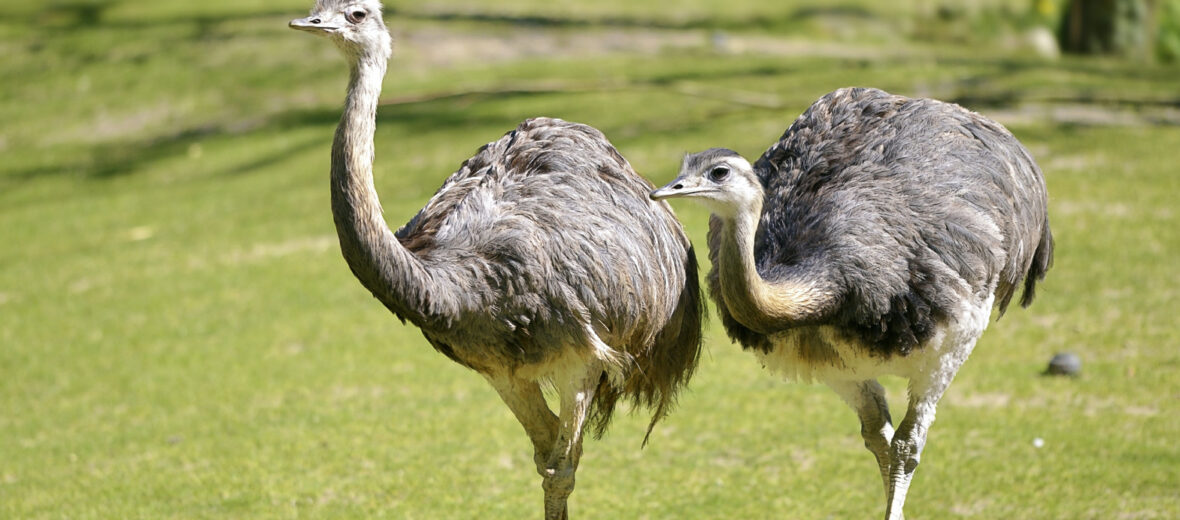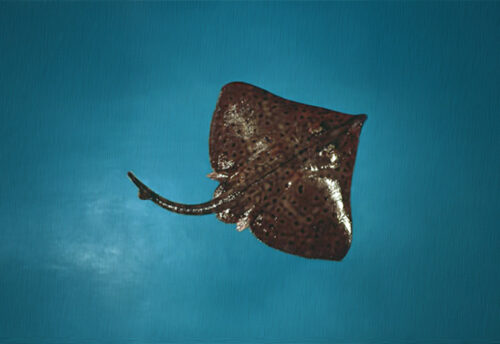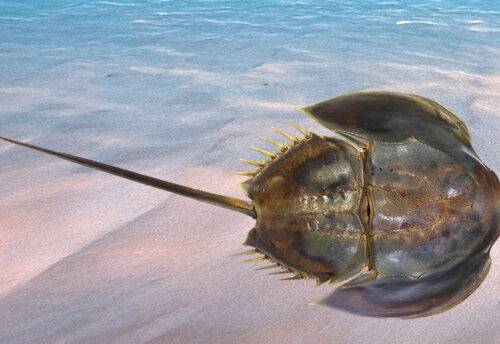
Similar to the ostrich and the emu, the rhea bird is a large flightless bird with a long neck. And no… they too do not bury their heads in the sand, like the myth states about the ostrich. There are 2 known species of rhea birds: the Greater, aka American Rhea, and the Darwin’s Rhea. These birds reside in South America.
First the Stats…
Scientific name: Rhea
Weight: Up to 55 lbs.
Length: Up to 5.5 feet tall
Lifespan: Up to 11 years
Now on to the Facts!
1.) Like other flightless birds, the rhea lacks a breast bone which connects the muscles required for flying.
2.) These birds are omnivores (eat plant and animal matter) that eat fruit, seeds, plants, roots, small reptiles, insects, and rodents.
3.) They are considered a pest by farmers, as they can also consume agricultural products.
4.) During winter, they congregate in flocks of up to 50 strong!
5.) Rheas are polygamous (males mate with more than 1 female). Males have been documented mating with 2 – 12 females! Busy bird.
But wait, there’s more on the rhea bird!
6.) The males are primarily responsible for building the nest.
7.) During the mating season, these typically silent birds are capable of making sounds that resemble the roars of mammals.
Did you know…?
The rhea may not be able to fly, but they can certainly run fast. They’ve been recorded at 40 mph!
8.) Females lay between 12 – 50 eggs, due to how many males she’s mated with.
9.) Males not only build the nests, but also care for the chicks.
10.) Rheas reach adulthood in about 6 months but don’t breed till about 2 – 3 years old.
Now a Short Rhea Bird Video!
Also, check out the Critter Science YouTube channel. Videos added frequently!
Want to suggest a critter for me to write about? Let me know here.



